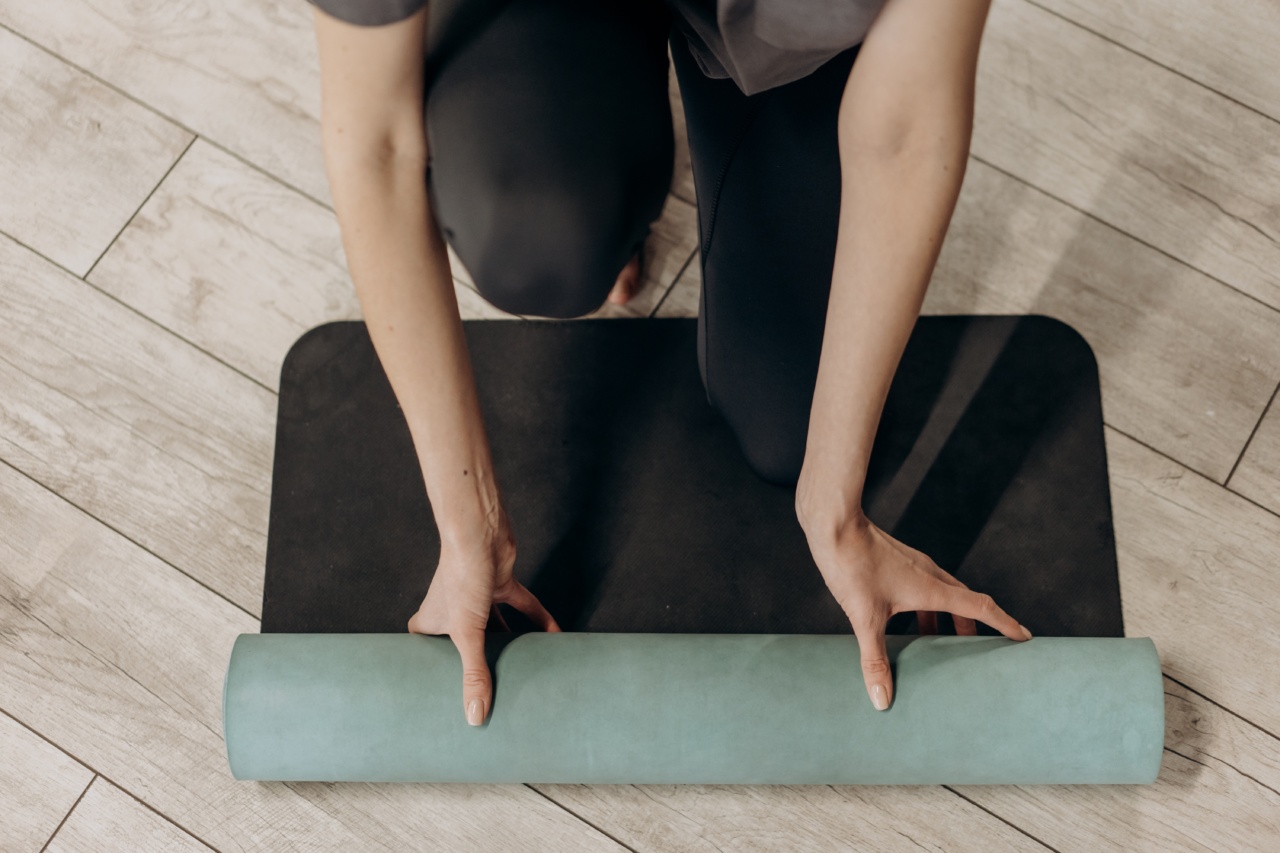Maintaining a healthy wellness routine is crucial for overall well-being and a balanced lifestyle.
While there are numerous activities and practices that can contribute to a person’s wellness, one exercise stands out for its ability to enhance mindfulness and promote holistic health. Mindful breathing, a practice rooted in ancient traditions, can be easily incorporated into your daily routine and can have profound effects on your mental, emotional, and physical well-being.
What is Mindful Breathing?
Mindful breathing, also known as conscious breathing or deep breathing, is the practice of intentionally paying attention to your breath while remaining fully present in the moment.
It involves taking slow, deep breaths and releasing them slowly, allowing your body and mind to relax and unwind.
While the concept of focusing on the breath may seem simple, the benefits of mindful breathing are far-reaching.
It has been shown to reduce stress, anxiety, and depression, improve concentration and focus, enhance sleep quality, and even boost the immune system. Additionally, mindful breathing is accessible to everyone and can be practiced at any time – from the comfort of your own home to a busy office environment.
How to Practice Mindful Breathing
Practicing mindful breathing is easy and can be done in just a few simple steps:.
Step 1: Find a Quiet Space
To fully engage in the practice of mindful breathing, find a quiet and comfortable space where you can sit or lie down without distractions. This could be a corner of your home, a park, or even your office where you can briefly retreat.
Step 2: Get into a Comfortable Position
Adopt a comfortable position that allows you to relax while maintaining good posture. You can choose to sit cross-legged on a cushion, on a chair with both feet on the ground, or lie down on a yoga mat – whatever feels natural for you.
Step 3: Close Your Eyes
Close your eyes gently to eliminate any visual distractions and help turn your focus inward. This will help you dive deeper into the practice and cultivate a greater sense of mindfulness.
Step 4: Observe Your Breath
Shift your attention to your breath without attempting to control or manipulate it. Notice the sensation of the air flowing in and out of your nostrils or the rise and fall of your belly as you breathe.
Pay close attention to the various sensations and movements associated with each breath.
Step 5: Deepen Your Breaths
Start taking slow, deep breaths in through your nose, allowing your abdomen to expand fully. Then, exhale slowly through your mouth, letting go of any tension or stress with each breath.
Focus on the full cycle of your breath – inhale, pause, exhale, and pause again – creating a smooth and continuous rhythm.
Step 6: Maintain Your Focus
As you continue breathing mindfully, it’s natural for your mind to wander or for thoughts to arise. When this happens, gently bring your attention back to your breath, without judgment or frustration.
Cultivate a sense of compassion towards yourself and your wandering mind.
Step 7: Practice Regularly
Mindful breathing, like any other exercise, requires consistency to experience its full benefits. Aim to practice for at least a few minutes each day, gradually increasing the duration as you become more comfortable with the practice.
Consider setting aside specific times for your mindful breathing routine, such as in the morning or before bedtime.
The Benefits of Mindful Breathing
The regular practice of mindful breathing offers a wide range of benefits that can significantly enhance your wellness routine:.
Reduces Stress and Anxiety
Mindful breathing activates the body’s relaxation response, helping to reduce the levels of stress hormones such as cortisol.
It calms the mind and promotes a sense of inner peace and calmness, allowing you to navigate through stressful situations with greater ease.
Improves Mental Focus and Clarity
By training your mind to focus on your breath, you sharpen your ability to concentrate and develop mental clarity. This can be particularly beneficial for professionals who need to perform complex tasks or students preparing for exams.
Enhances Emotional Well-being
Mindful breathing encourages the cultivation of self-awareness and emotional intelligence. It helps you recognize and acknowledge your emotions without becoming overwhelmed by them.
This can lead to improved emotional regulation and a greater sense of overall well-being.
Promotes Better Sleep
Regular practice of mindful breathing before bedtime can relax your body and mind, helping you drift into a deeper and more restful sleep. It can also be used as a technique to calm racing thoughts and alleviate insomnia.
Boosts the Immune System
Studies have shown that mindfulness practices, including mindful breathing, can have positive effects on immune function.
By reducing stress and inflammation, mindful breathing supports your body’s natural defense mechanisms, helping you stay healthy and resilient.
Increases Self-compassion and Resilience
Mindful breathing fosters a sense of self-compassion, enabling you to accept and embrace yourself in the present moment. It also cultivates resilience, helping you bounce back from setbacks and challenges with greater ease.
Conclusion
Integrating mindful breathing into your wellness routine can be a game-changer for your overall well-being.
By dedicating a few minutes each day to this simple yet powerful exercise, you can experience a myriad of benefits, from reduced stress and improved focus to enhanced emotional well-being and better sleep. Make a commitment to upgrade your wellness routine with the transformative power of mindful breathing – your mind, body, and soul will thank you.






























